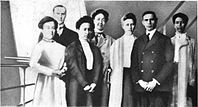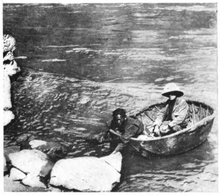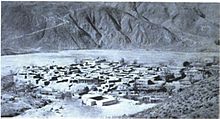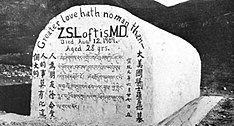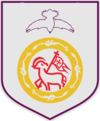
Ngawang Lobsang Thupten Gyatso Jigdral Chokley Namgyal, abbreviated to Thubten Gyatso was the 13th Dalai Lama of Tibet, enthroned during a turbulent era and the collapse of the Qing Empire. Referred to as "the Great Thirteenth", he is also known for redeclaring Tibet's national independence, and for his reform and modernization initiatives.

Sadhu Sundar Singh was an Indian Christian missionary. He is believed to have died in the foothills of the Himalayas in 1929.

Samuel Marinus Zwemer, nicknamed The Apostle to Islam, was an American missionary, traveler, and scholar. He was born at Vriesland, Michigan. In 1887 he received an A.B. from Hope College in Holland, Michigan, and in 1890, he received an M.A. from New Brunswick Theological Seminary in New Brunswick, New Jersey His other degrees include a D.D. from Hope College in 1904, a L.L.D. from Muskingum College in 1918, and a D.D. from Rutgers College in 1919.

The British expedition to Tibet, also known as the Younghusband expedition, began in December 1903 and lasted until September 1904. The expedition was effectively a temporary invasion by British Indian Armed Forces under the auspices of the Tibet Frontier Commission, whose purported mission was to establish diplomatic relations and resolve the dispute over the border between Tibet and Sikkim. In the nineteenth century, the British had conquered Burma and Sikkim, with the whole southern flank of Tibet coming under the control of the British Indian Empire. Tibet ruled by the Dalai Lama under the Ganden Phodrang government was a Himalayan state under the protectorate of the Chinese Qing dynasty until the 1911 Revolution, after which a period of de facto Tibetan independence (1912–1951) followed.
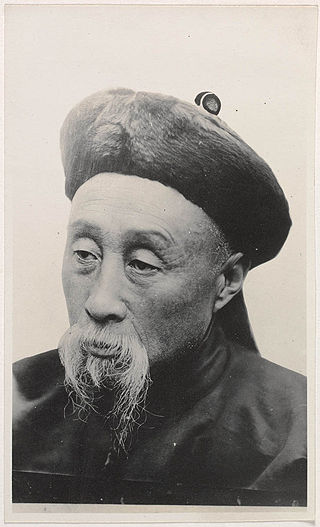
Zhao Erfeng (1845–1911), courtesy name Jihe, was a late Qing Dynasty official and Han Chinese bannerman, who belonged to the Plain Blue Banner. He was an assistant amban in Tibet at Chamdo in Kham. He was appointed in March, 1908 under Lien Yu, the main amban in Lhasa. Formerly Director-General of the Sichuan-Hubei Railway and acting viceroy of Sichuan province, Zhao was the much-maligned Chinese general of the late imperial era who led military campaigns throughout Kham, earning himself the nickname "the Butcher of Kham" and "Zhao the Butcher".
Foreign Christian Missionary Society (FCMS) was a Christian missionary society established by the Disciples of Christ. The Foreign Christian Missionary Society was established toward the end of 1876. The Society was organized for three main reasons:
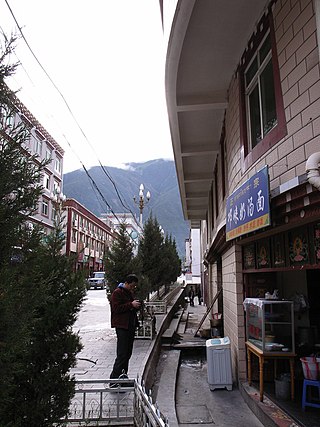
Batang Town, officially Xiaqiong Town, is a town in Batang County, Garzê Tibetan Autonomous Prefecture, Sichuan Province, in the China on the main route between Chengdu and Lhasa, Tibet, and just east of the Jinsha River, or Upper Yangtze River. It is at an elevation of 2,700 metres.

Batang County is a county located in western Garzê Tibetan Autonomous Prefecture, Sichuan Province, China. The main administrative centre is known as Batang Town.
"Tibet" is a term for the major elevated plateau in Central Asia, north of the Himalayas. It is today mostly under the sovereignty of the People's Republic of China, primarily administered as the Tibet Autonomous Region besides adjacent parts of Qinghai, Gansu, Yunnan, and Sichuan.
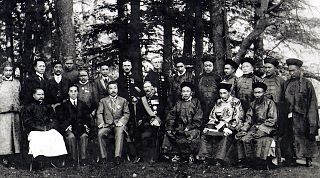
The Simla Convention, officially the Convention Between Great Britain, China, and Tibet, was an ambiguous treaty concerning the status of Tibet negotiated by representatives of the Republic of China, Tibet and Great Britain in Simla in 1913 and 1914.
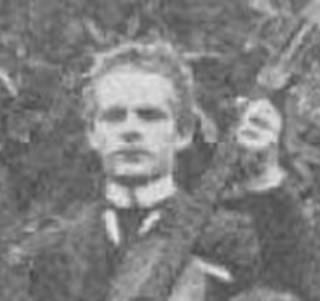
Theodor August Christian Sørensen was a Norwegian missionary known for his work in Tibet.

The main religion in Tibet has been Buddhism since its outspread in the 8th century AD. As of 2022 the historical region of Tibet is mostly comprised in the Tibet Autonomous Region (TAR) of China and partly in the Chinese provinces of Qinghai and Sichuan. Before the arrival of Buddhism, the main religion among Tibetans was an indigenous shamanic and animistic religion, Bon, which would later influence the formation of Tibetan Buddhism and still attracts the allegiance of a sizeable minority of Tibetans.

The siege of the International Legations occurred in 1900 in Peking, the capital of the Qing Empire, during the Boxer Rebellion and led to the deaths of approximately 2500 Chinese people by western miliitary. Threatened by the Boxers—an anti-Christian, anti-foreign peasant movement—900 soldiers, sailors, marines, and civilians, largely from Europe, Japan, and the United States, and about 2,800 Chinese Christians took refuge in the Peking Legation Quarter. The Qing government took the side of the Boxers after the Eight-Nation Alliance invaded Tianjin at the Battle of the Taku Forts (1900), without a formal declaration of war. The foreigners and Chinese Christians in the Legation Quarter survived a 55-day siege by the Qing Army and Boxers. The siege was broken by an international military force, which marched from the coast of China, defeated the Qing Army, and occupied Peking. The siege was called by the New York Sun "the most exciting episode ever known to civilization."
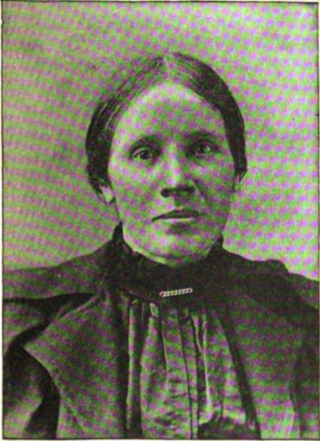
Hannah Royle Taylor, known as Annie Royle Taylor, was an English explorer and Evangelical missionary to Tibet. She was the first Western woman known to have visited Tibet. She attempted to reach the "forbidden" city of Lhasa in 1892–1893.

Susanna "Susie" Carson Rijnhart, was a Canadian medical doctor, Protestant missionary, and Tibetan explorer. She was the second Western woman known to have visited Tibet, after Annie Royle Taylor.
The Batang uprising was an uprising by the Khampas of Kham against the assertion of authority by Qing China.

Cecil Henry Polhill, formerly Cecil Henry Polhill-Turner was a British Anglican missionary and Pentecostal leader.
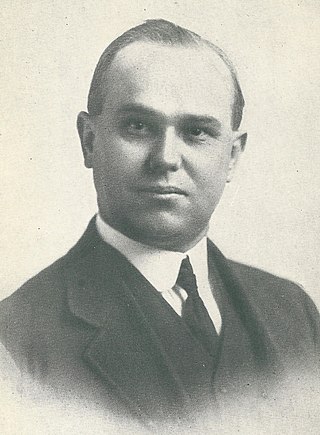
Albert Leroy Shelton (1875-1922) was an American medical doctor and a Protestant missionary in Tibet, especially in Batang in the Kham region of eastern Tibet, from 1903 until 1922. He authored a popular book about his experiences and collected Tibetan cultural items and sold them to museums. He was shot and killed by brigands in 1922 while traveling by mule near Batang.

Edvard Amundsen was a Norwegian Lutheran missionary in China and India near the borders of Tibet. He is also remembered as an explorer and Tibetan specialist.

The Protestant mission began in the Chinese province of Sichuan in 1877, when premises were rented by the China Inland Mission in Chungking. However, it grew rather slowly, it was not until the late 1980s that Protestantism experienced rapid growth. The two largest denominations in the province before 1949 were Anglicanism and Methodism.

